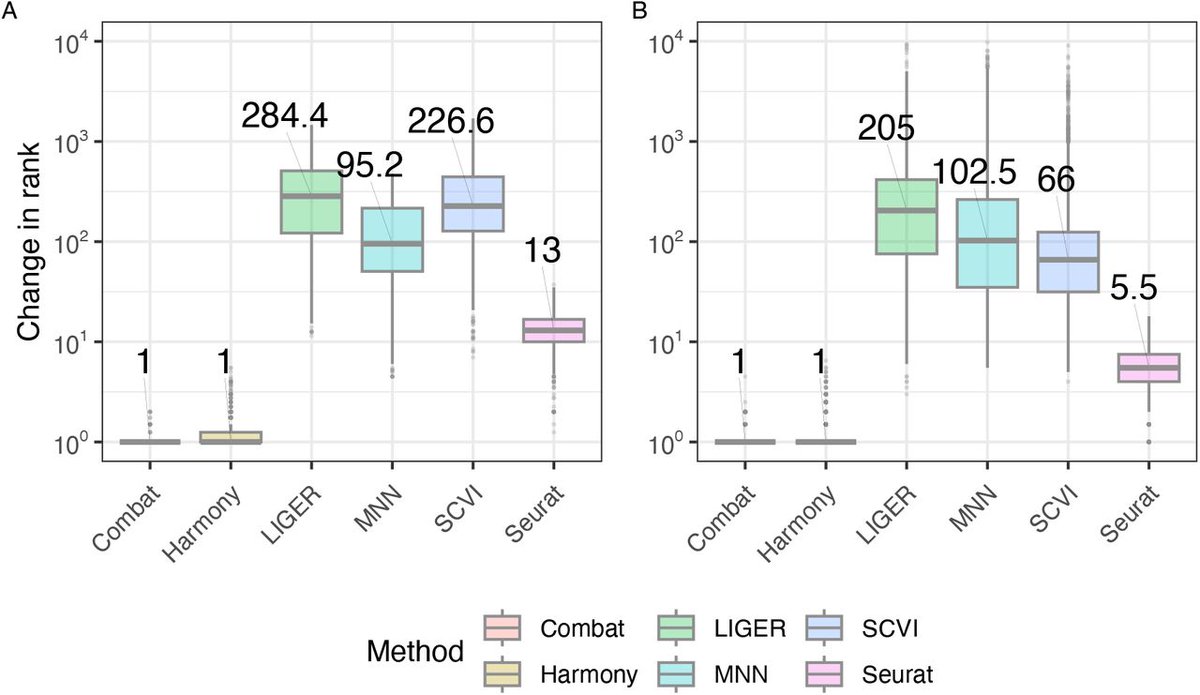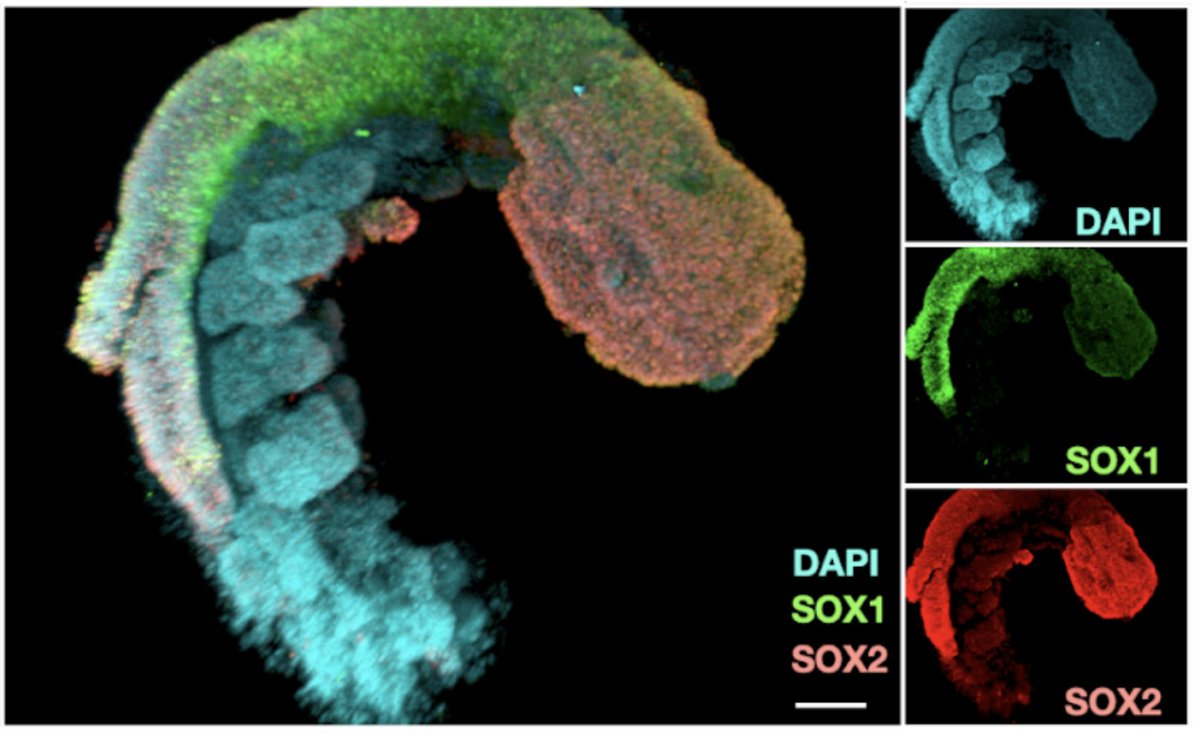
Jay Shendure
@JShendure
Genomics technology developer. Developmental biology adult learner. Professor at @uwgenome @HHMINEWS @BrotmanBaty. He/him.
ID:296644509
https://krishna.gs.washington.edu/ 11-05-2011 04:46:54
490 Tweets
14,1K Followers
332 Following



Excited to share we've recently closed our $5.3m pre-seed led by Yaron Samid 🇮🇱🇺🇸🎗️ at TechAviv 🇮🇱 🦄
See great write-up by Gil Press in Forbes first comment.
Couldn't be prouder of my co-founders Olivier, Jonny, Cliff, and Allon, and the entire team at Somite Therapeutics.
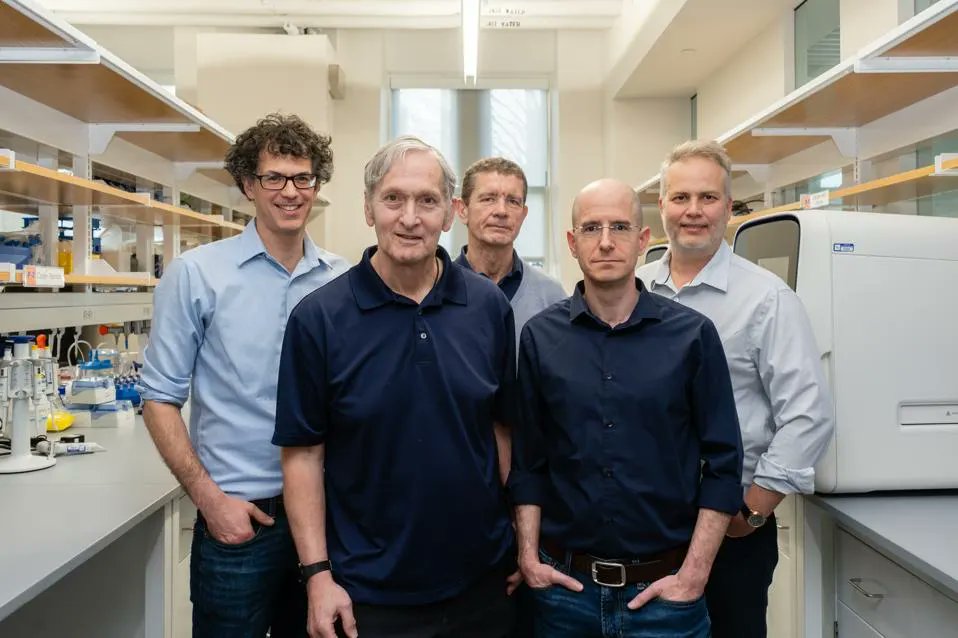

Yesterday I had the pleasure of sitting down with Stephen Quake, Amy Herr, Marion Pepper, and Jay Shendure for a special panel celebrating the launch of the Seattle Hub for Synthetic Biology. The passion, optimism, and commitment to open science was shared by the entire panel.…



🧵One year, three researchers, millions of cells: how a small team created the largest mouse-embryo atlas so far. Read about postdoc Chengxiang Qiu Chengxiang Qiu and research scientist Beth Martin Beth Martin 🌹 from Jay Shendure Jay Shendure's lab here
nature.com/articles/d4158…
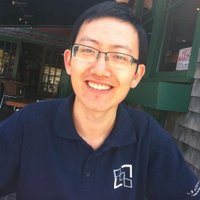
What if 1 million scRNA-seq libraries can be prepared within $1k? Here we go 👉 21 million cells from 623 mouse tissues, spanning 5 life stages & 3 genotypes, all in a SINGLE study by ONE remarkable student Zehao Zehao Zhang from our lab Rockefeller University! shorturl.at/epsz7
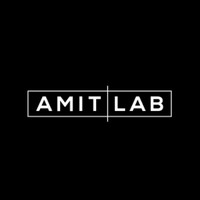
The Sandbergs do it again! The synthetic thermostable RNase inhibitor is a fantastic compound and after stringent QC we moved all our scRNAseq/ multiome pipeline to use this component
Rickard Sandberg Björn Reinius
biorxiv.org/content/10.110…

Our paper on lineage motifs is now online at Developmental Cell 😀 We hope that this approach will be widely useful for anyone interested in analyzing tree-type datasets!


